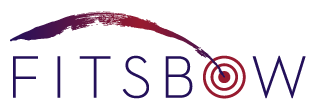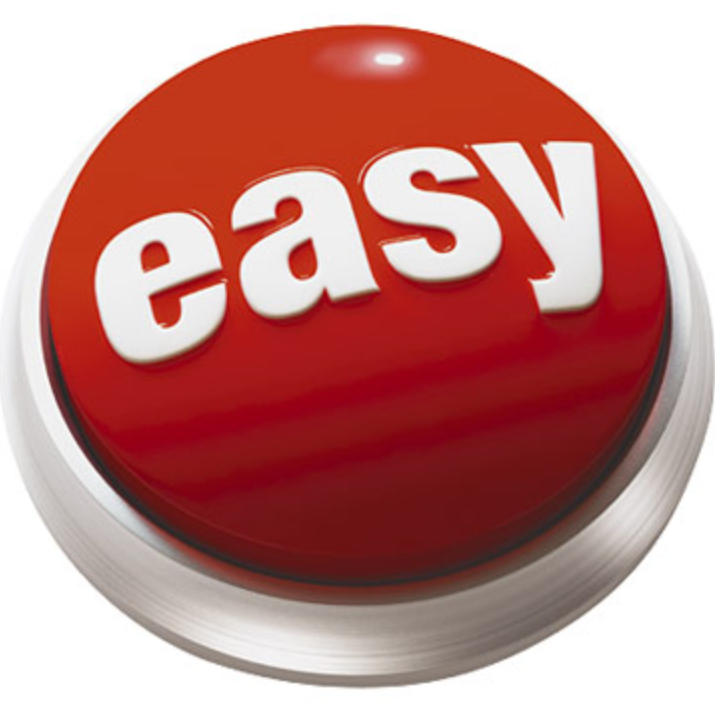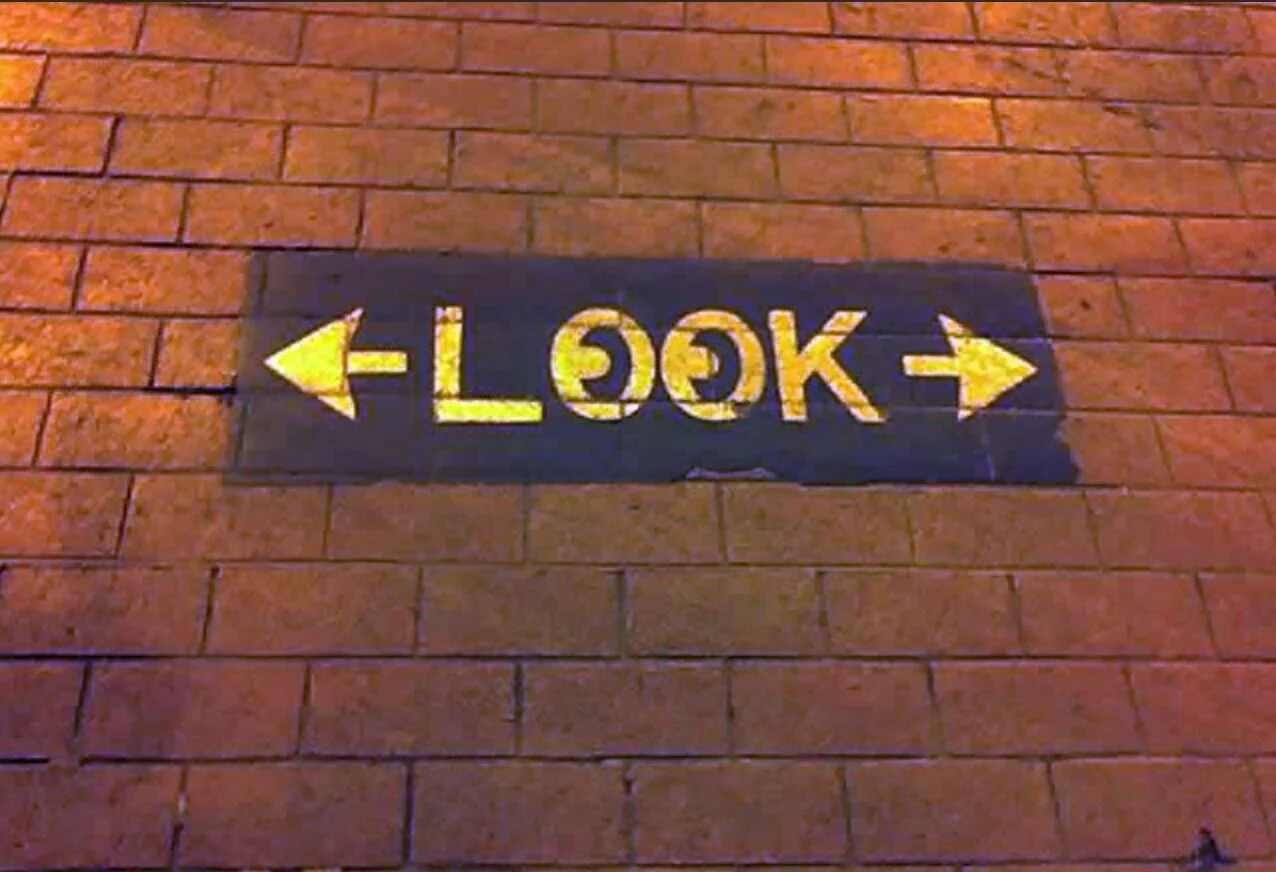Personal Branding in a Digital World
/Much is written these days about Personal and/or Professional Branding. For many years this has been an implicit and explicit topic covered with clients—whether they are leaders considering how they are “showing up” in their role, or professionals choosing change. Over the last few years I have been invited to speak about branding, often oriented around practical instruction about LinkedIn. I call myself the “unlikely evangelist” for LinkedIn because of how it enables you to communicate your “brand” and to stay in touch with and/or connect with people in the professional world.
What is your “personal brand”?
My framework for considering this question has evolved since before the marketplace started naming it personal branding. It contains three dimensions:
- How you show up in person in your work and your personal life. Congruence matters. Body language speaks volumes. Actions do indeed speak louder than words! It is no longer reasonable to try to completely separate your work person from your away from work person in our digital world. This includes your personality style, your image, your reputation, your values, and your background. What is the first and second and third impression people have when they interact with you?
- What impact do you have with your communications? How does it align with what you value? You have so many choices today about how, when and where you use your words. Whether you text, email, skype, FaceTime, call, tweet, or any of the other ways you communicate, you are impacting your reader/listener with every communication.
- How are you managing your digital presence? Whether you want it or not, you will make an impression by how you present yourself digitally—especially if you are a professional and you do NOT show up digitally. You WILL be searched. You can and should proactively manage what is found about you.
So what can you do to proactively manage your brand?
Certainly there are many things to consider since your brand includes all of the components in each of the dimensions above. Following are some tactical “must do’s” for professionals:
- Know your response to the “tell me about yourself” question that gets asked in networking events and interviews. Your response should align with your LinkedIn summary and your Executive Summary on your resume and include:
- What you love to do, are best at doing, and/or value most in work.
- Your depth and breadth of background or your interest as it relates to your credibility for the work you do or want to do.
- The work you do or want to do and/or your perfect role, client or company.
- LinkedIn Absolutes! Leverage LinkedIn to manage your digital brand. You will be searched and this is what will come up first if you are an active user. It is the place professionals go first to check you out.
- Get a good photo! Not having a photo or having a poor one may be the first impression you make.
- Edit your headline and your url.
- Include a summary.
- Populate skills intentionally.
- View the help webinars if you are new to LinkedIn or want to learn more.
- Resumes. What matters? They continue to be the professional “gold standard” for marketing collateral though that is beginning to shift.
- Align with the norms of your industry.
- Remember that it is the top half of the first page that captures your target audience…OR NOT.
- Understand how your resume serves you, the importance of keeping it up to date with relevant accomplishments, and how it fits in pursuing possibilities.
- Consider what type of marketing collateral is most useful to you in how you will communicate. It may not be a resume.
Because LinkedIn is the digital, professional “elephant” in the marketplace, your presence there will often define the first impression you make. You will present yourself most authentically and powerfully if you actually think about how you “show up” in your world and make a plan for it.





